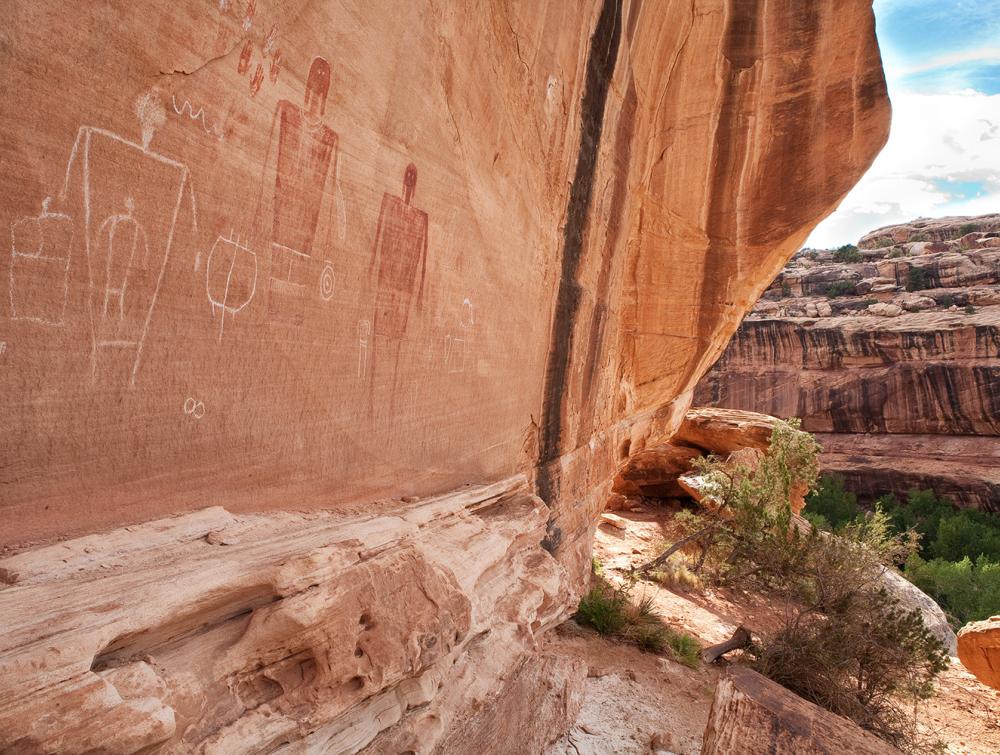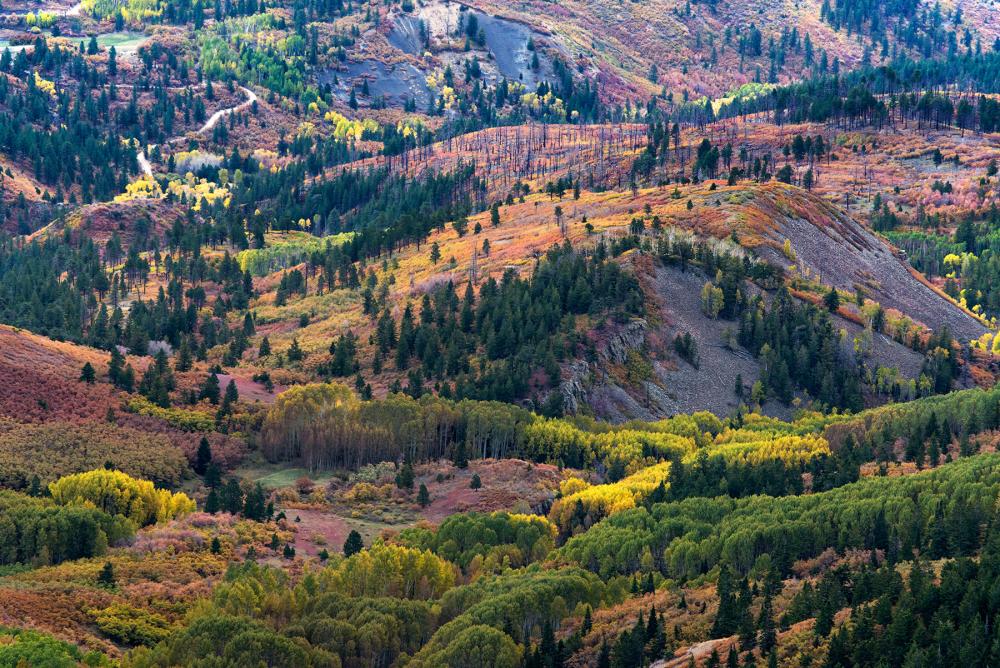Tribal vision for Bears Ears management nearly to fruition

Engravings on a wall at Bears Ears National Monument
Bob Wick/BLM
Federal agencies and inter-tribal coalition agree on draft plan
In 2022, history was made when the Biden administration made an inter-tribal coalition of the Hopi, Navajo (Diné), Ute Indian Tribe, Ute Mountain Ute and Pueblo of Zuni—the Bears Ears Commission—co-managers of Bears Ears National Monument. Since then, the commission has been working in partnership with the Bureau of Land Management and Forest Service to develop a management plan that upholds Tribal values.
Now that draft plan has been released and the agencies are considering public comments submitted about it by thousands of people (including our members and supporters).
If finalized, the plan will set a new standard in balanced, sustainable land management and mark a significant cornerstone in federal respect for Tribal authority.

Bears Ears National Monument, UT
Tim Peterson
As Carleton Bowekaty, lieutenant governor of the Pueblo of Zuni, put it when the collaborative management was announced: “Today, instead of being removed from a landscape to make way for a public park, we are being invited back to our ancestral homelands to help repair them and plan for a resilient future.”
After centuries of dispossession and discrimination at the hands of the United States and its government, this is a small but crucial step forward. It’s both a measure of justice for the Bears Ears Inter-Tribal Coalition and a model for the Biden Administration and future administrations to ensure proper collaboration with other Indigenous groups and communities of color when making management decisions.
Bears Ears Inter-Tribal Coalition agreement a model for other management
The Bears Ears Inter-Tribal Coalition was the driving force behind President Obama’s establishment of the monument in 2016, and it’s only fitting that the Tribes’ connection to, and ongoing stewardship of, the Bears Ears landscape be centered in management plans.
Bears Ears is estimated to contain over 100,000 archaeological and ancestral sites, including remarkably well-preserved cultural resources like ruins and 1,500-year-old petroglyphs. Pat Gonzales-Rogers, executive director of the coalition, previously likened the landscape to the Cathedral of Notre Dame in its cultural and religious importance.
In recent years, there has been growing acknowledgement that Traditional Ecological Knowledge should be fully incorporated in public lands management, and Bears Ears is a great example of a landscape where that approach is sorely needed. Especially as climate change raises new challenges in managing public lands, it will be vital to draw on solutions that include thousands of years’ worth of intergenerational Indigenous experience and knowledge. In the case of Bears Ears, as Navajo activist Len Necefer has noted, the Tribes in the coalition actually have ancestral knowledge from the last time the Southwest was in a state of “megadrought.”
Now, we have a chance to ensure that new, collaborative vision is carried out.



